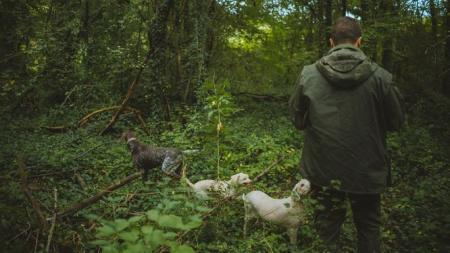
Objective:
Truffle hunting in Istria began in the mid 20th century when the first written records were recorded about it. Initially, the local population started collecting truffles as it was actually a great addition to their home budget. At this time, the final destination of the truffles were mainly the foreign markets. More recently, the truffle hunters realized that the value can be increased if the product was placed on the domestic market. Thus, in the 1990s, truffle promotion was promoted as a valued product and they quickly realized that diversification of the offer was needed and that additional product value was needed.
Context:
We all know that truffles, especially great white truffles, are highly appreciated in the world of gastronomy, but most people do not know where or how they actually come to the plates. So the logical direction of the sector development was to make a step forward and to improve and extend the offer. The quest for truffles and the preparation of collected truffles allowed visitors to experience a special experience and learn something about the world of truffles. This approach popularized truffles in the region, which directly influenced the development of rural tourism thanks to a new product, and truffles thus gained an added value in gastronomy as they now know more about how difficult it is to find that grocery.
Contacts:
Ivan Karlić, tartuf@vip.hr, www.karlictartufi.hr